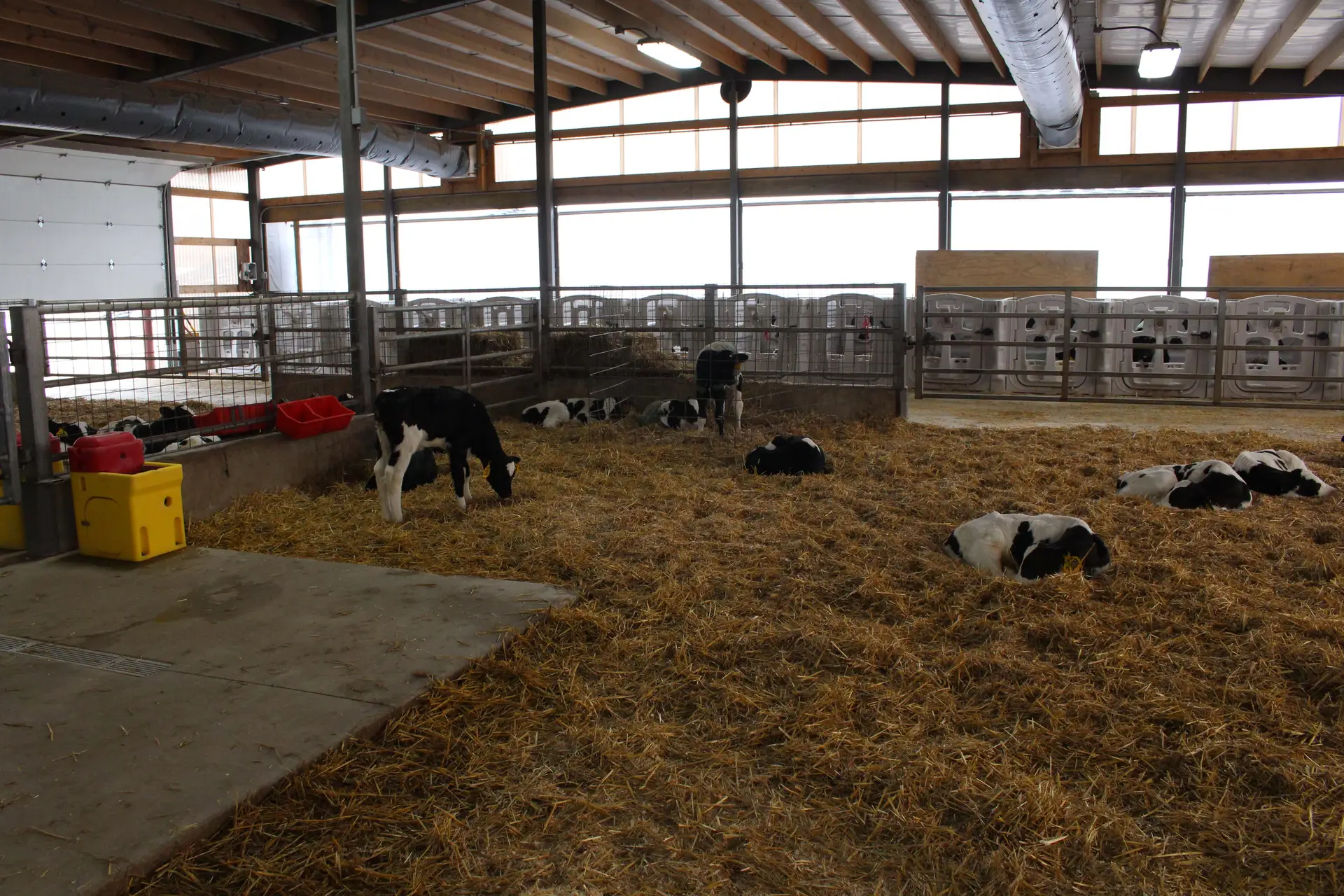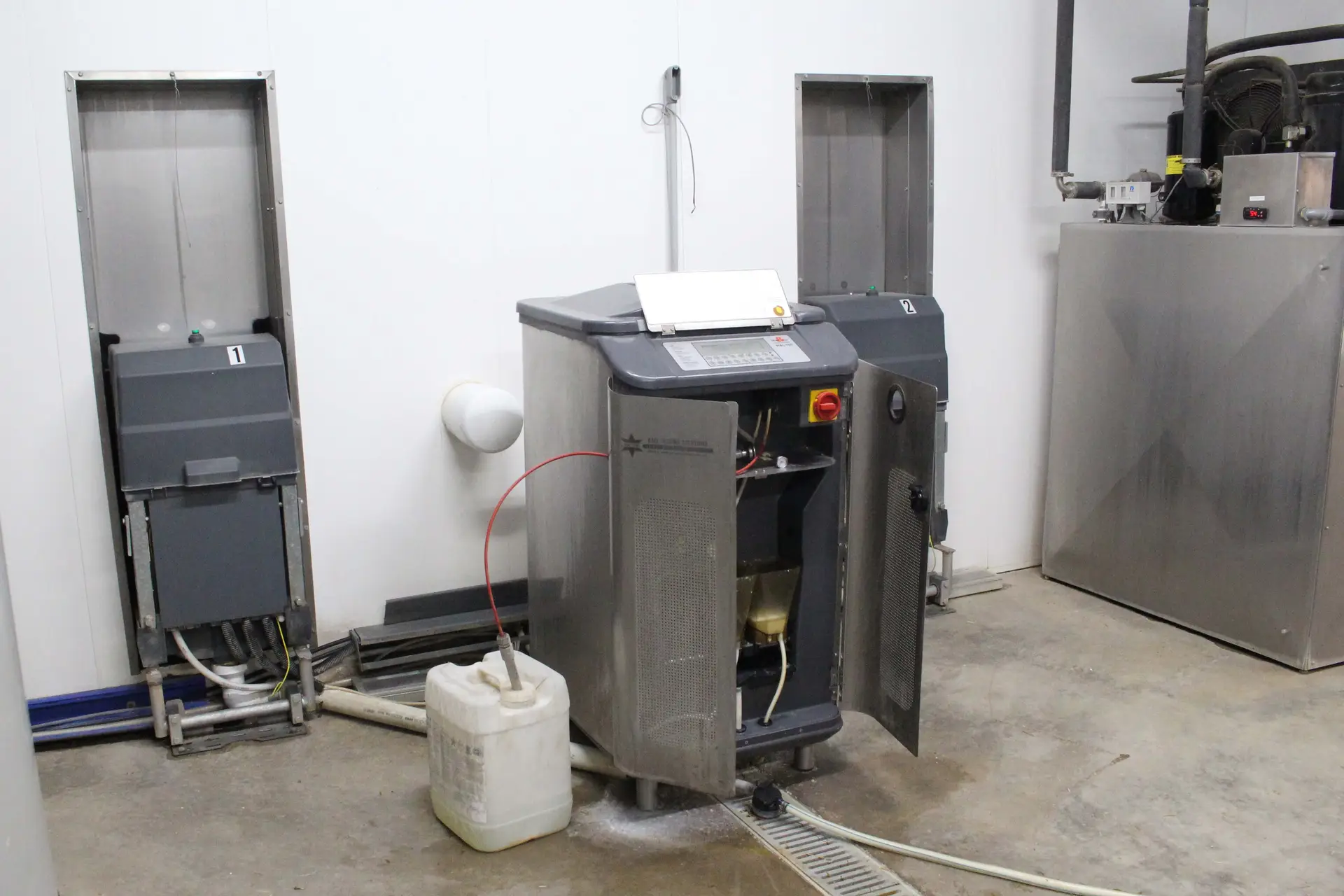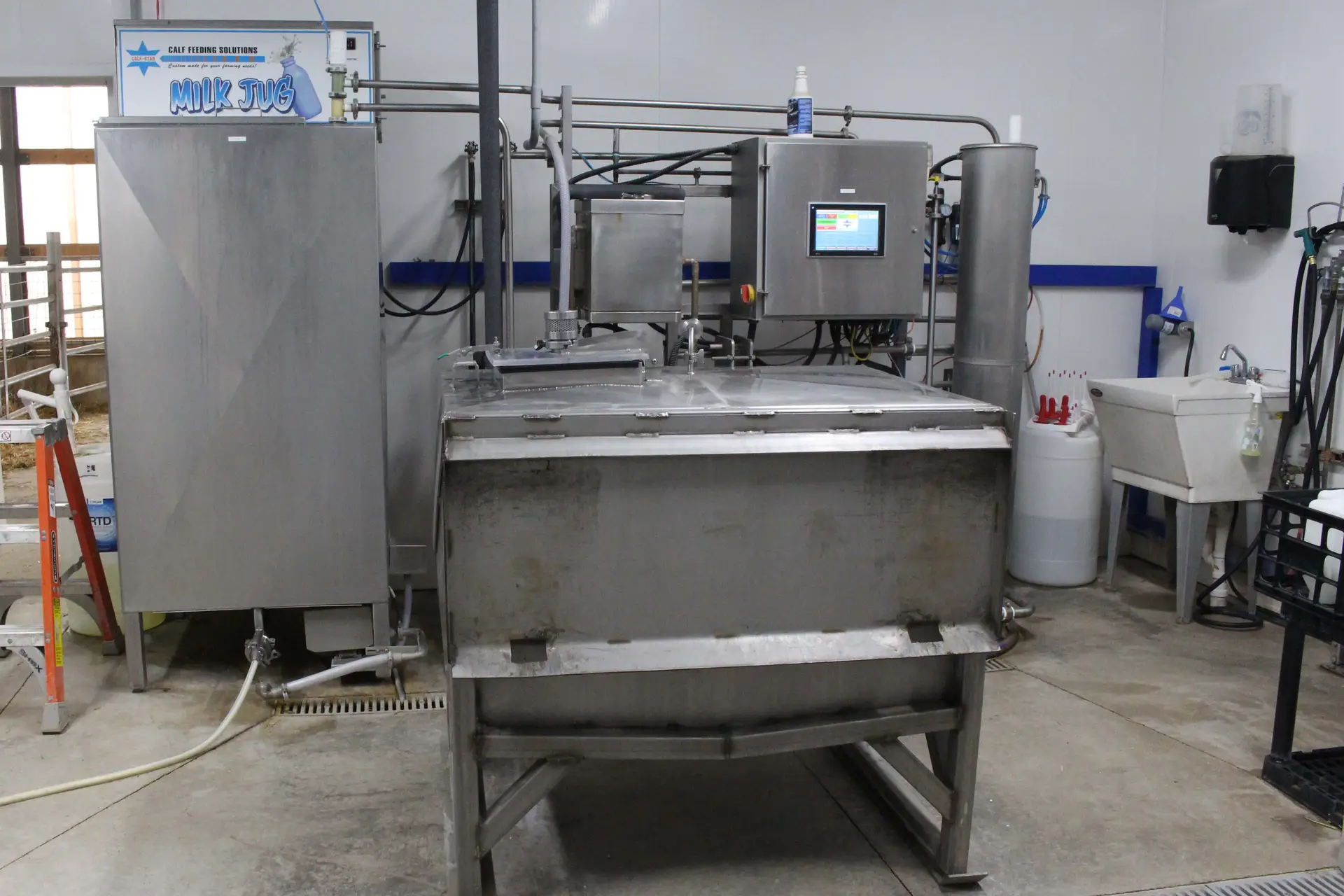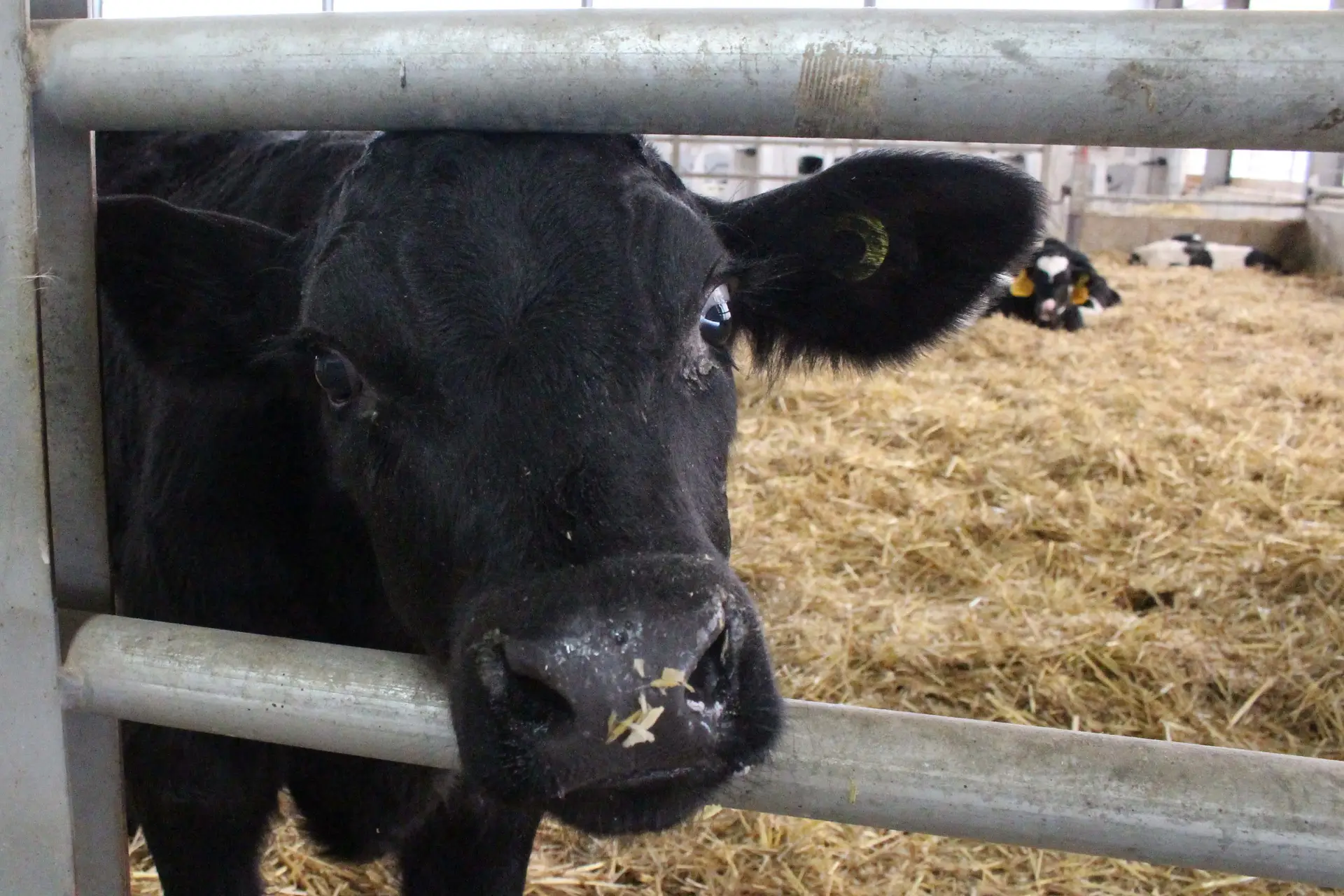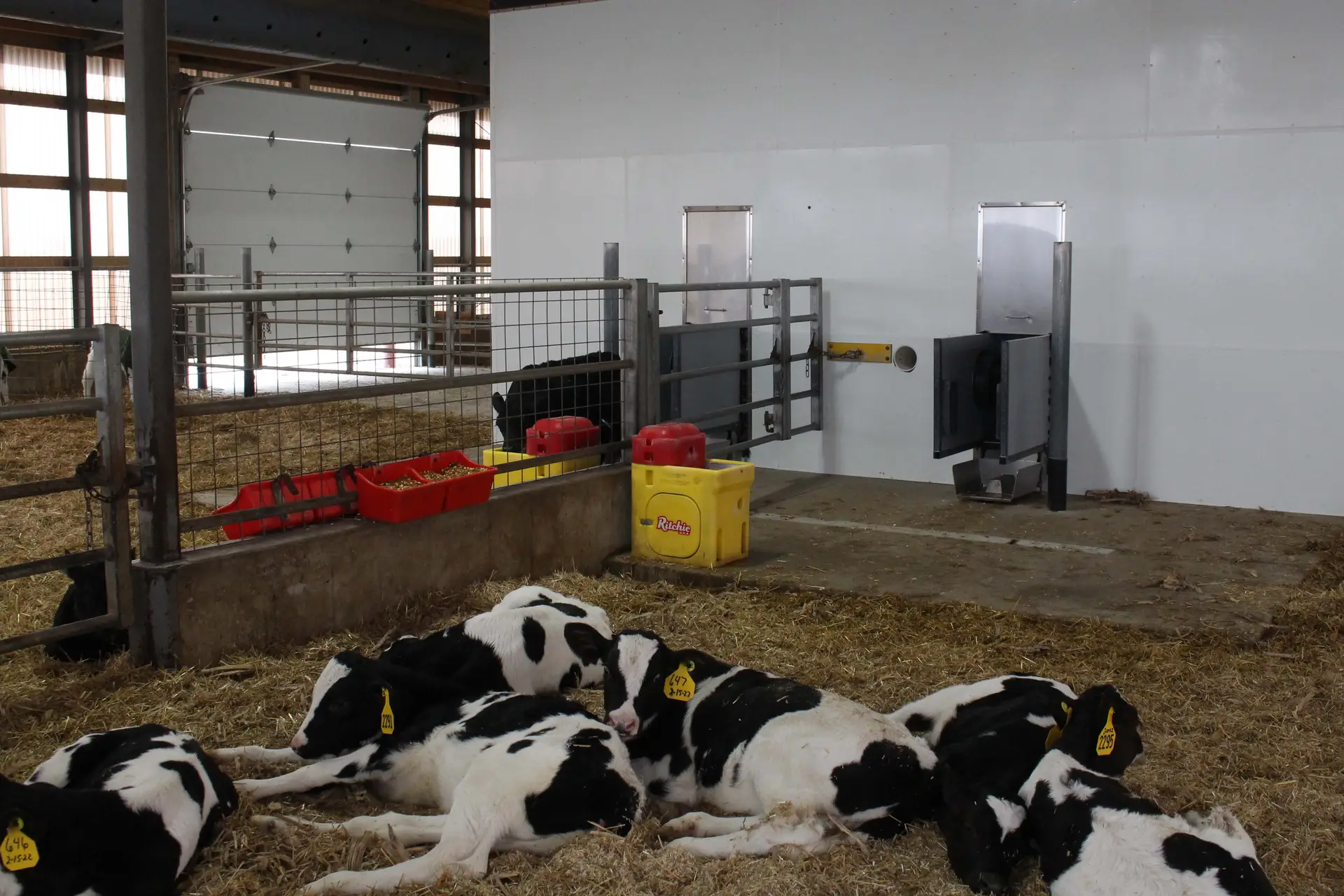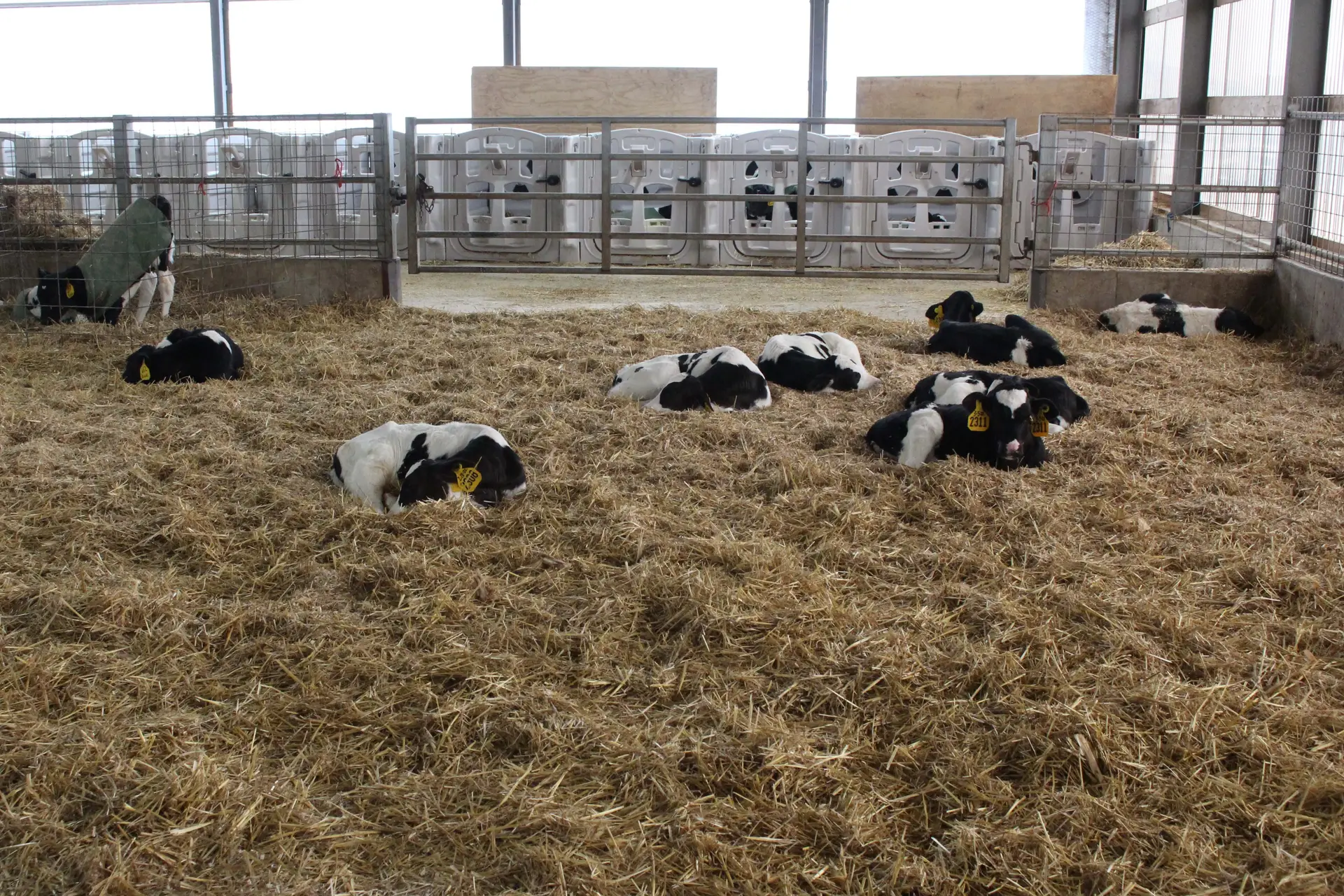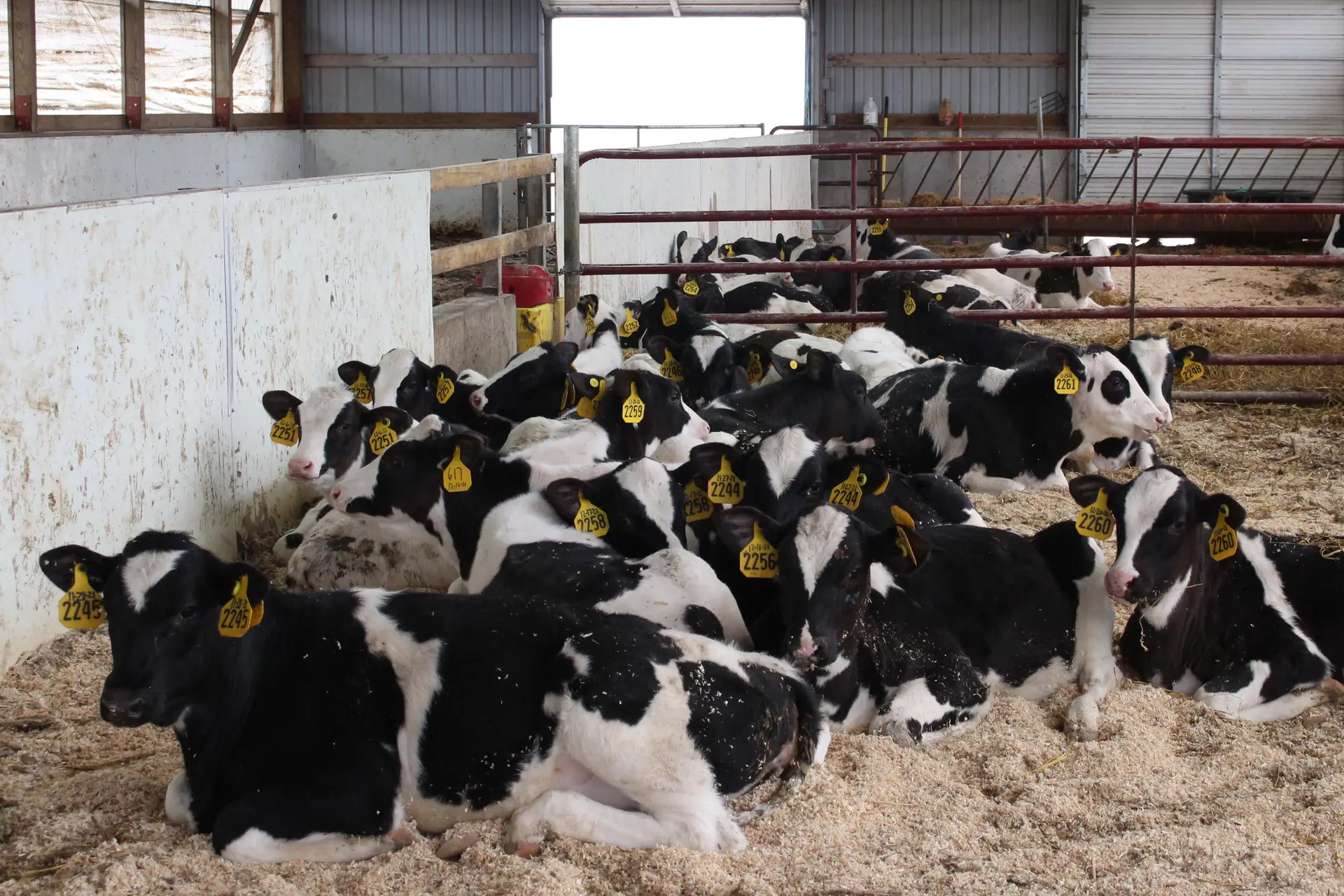
Virtual farm tour: Loehr Farms, LLC
Loehr Farms, LLC uses autofeeder system to raise healthy calves
Loehr Farms, LLC in Eden, Wisconsin, is a sixth-generation dairy farm. The Loehr family continues to work some of the land their ancestors originally settled. Appreciating their roots, the Loehrs are focused on the farm’s longevity with facilities, technologies and management strategies that support its future.
The farm is currently owned and operated by Ron and Mary Loehr and their sons, Ryan, Eric, and Steven. They milk 500 Holstein cows (averaging 90 pounds of milk and 7% combined solids), run 1,300 acres, and do some custom chopping and manure hauling. All heifers are raised onsite. Steers are raised to 400 pounds and sold as feeders.
Ryan is the farm’s herdsman and oversees calf care. In 2018, the Loehrs built a new calf barn with an autofeeder and group pens. Until that time, calves were housed in a different calf barn with 40 individual stalls. After the dairy expanded from 100 to 500 cows in 2013, the old calf barn no longer had enough space and neither did the grower barn. Ryan said he did not want to use hutches and deal with the numerous winter challenges, especially as they fed calves three times a day. That led him to explore autofeeder facilities.
Ryan and his family worked with an experienced local builder and received a lot of advice from another local dairy that already had autofeeders. The result was a new calf barn that makes it relatively simple to feed and manage calves, and the old calf barn was converted to a grower barn.
Nursery calves
Newborn calves are fed 1 gallon of maternal colostrum. After a day, calves move to an individual pen in the autofeeder barn. Calves are initially bottle-fed 2 quarts of milk twice daily. They are bumped up to 3 quarts per feeding by the end of the two-week backgrounding period. After backgrounding, calves move to a group pen with an autofeeder station.
Whole milk is brought in a tank from the parlor to the calf barn with a skid-steer. It is pasteurized in the calf barn and then cooled to 38 degrees F until it is used by the Holm & Laue autofeeder, which provides milk to four pens of calves. The amount of milk fed gradually increases to 2.5 gallons per day. At day 46, calves begin a two-week weaning period. Ryan said the long weaning period leads to better grain intakes.
Nursery calves are moved through four pens in an all-in-all-out system. When the oldest group of calves is fully weaned, the calves move to the grower barn and stay in the same group until they reach five months of age. The rest of the calves “move up” to the next pen and the first pen is filled as calves complete the backgrounding period. This pen rotation allows Ryan and the team to completely clean and rebed pens as calves are moved, which is about every two weeks.
Cleaning and ventilation are essential
Ryan said he needs to be very particular when it comes to cleanliness in the autofeeder barn.
“If you miss one thing, you’ll have a sick calf and then you’ll have 10 sick calves.”
The autofeeder machine goes through a cleaning cycle once a day. The machine rinses the nipple and line with water after each calf drinks. Twice a day, the calf team changes the autofeeder nipples and scrubs the feeding bowl. The feeding pads, drinking stalls and waterers are also cleaned daily.
Fans at one end of the barn and curtains at the other provide tunnel ventilation. Ryan said he chose this design because the farm has three other barns with tunnel ventilation, so he’s comfortable with how it works. Positive pressure tubes above the pens provide additional ventilation without drafts on young calves. Still Ryan said he notices spots with “dead air” and he often opens the garage doors on the sides of the barn to provide additional fresh air.
Advice for others
Ryan said, if farmers are interested in transitioning to autofeeders, he recommends they talk to fellow producers and tour their facilities to learn what works and what’s challenging. He also recommends choosing an autofeeder brand that has strong local dealer support.
He cautioned, “Don’t do it if you think you’re going to spend less time in the barn.”
While he and the team don’t have to invest as much time in feeding the calves, Ryan said they still spend a lot of time observing calves and cleaning equipment and facilities. A combination of cleanliness, good air quality, and a high plane of nutrition provided by autofeeders helps the farm successfully raise healthy and strong replacement heifers and feeder steers.
“You can raise really nice calves with autofeeders,” he said. “It allows you to spend more time on the calves that need it, like sick or young calves. The older calves basically take care of themselves.”
| Category: |
Autofeeders Facility design Farm tours Starting Strong - Calf Care |


